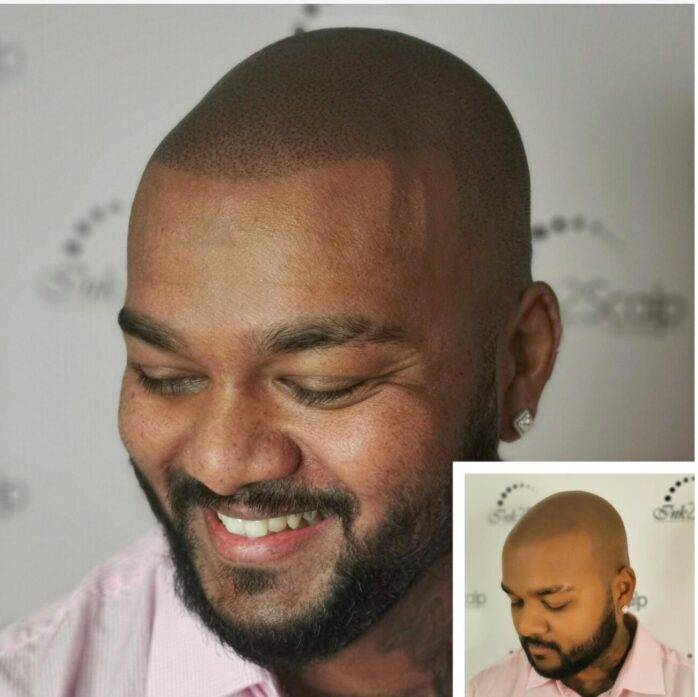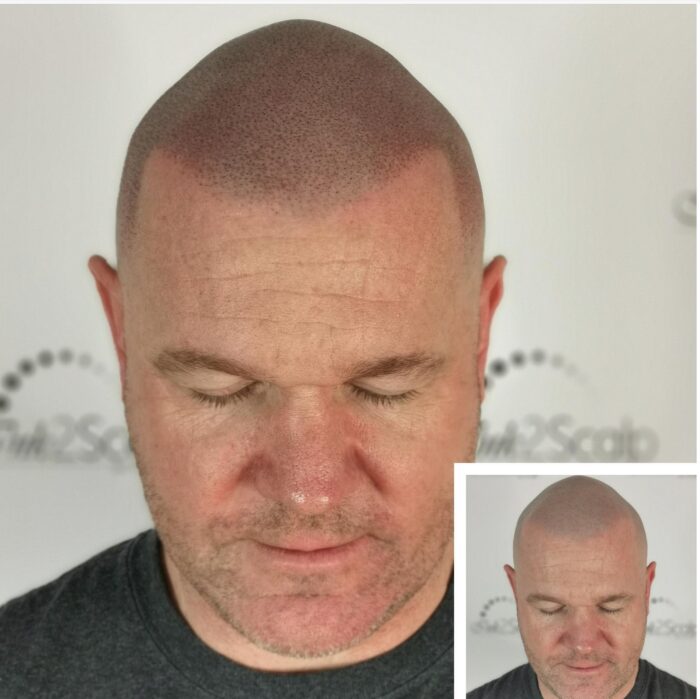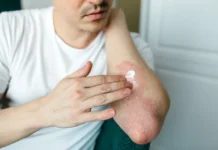
Scalp Micropigmentation (SMP) has emerged as a groundbreaking solution for individuals experiencing hair loss or seeking to enhance their hairline appearance. This innovative procedure replicates the look of natural hair follicles. It applies specialized pigments to the scalp, giving a fuller hair illusion.
However, like any cosmetic procedure, the maintenance of SMP requires careful consideration and periodic touchup sessions to ensure optimal results over time.
Understanding Scalp Micropigmentation
Before delving into the specifics of touchup sessions, it’s crucial to understand the fundamentals of Scalp Micropigmentation. SMP is a non-invasive cosmetic procedure involving pigment deposition into the scalp using microneedles. This process creates tiny, simulated hair follicles, giving the appearance of a closely cropped hairstyle or a fuller head of hair.
SMP is prized for its ability to address various forms of hair loss. These include male pattern baldness, receding hairlines, alopecia, and scarring from previous hair transplant surgeries. It offers a safe, effective, and long-lasting solution for individuals seeking to restore their confidence and improve their appearance.
According to an NCBI article, the pigment used for micropigmentation is non-toxic and does not get absorbed by the bloodstream. Moreover, it is non-carcinogenic and has a particle size of approximately 6 microns. This ensures that SMP does not have many side effects and can last longer.
The Importance of Touchup Sessions
While SMP is known for its durability and longevity, it’s important to recognize that the procedure isn’t permanent. According to Ink2Scalp SMP Studios, factors like sun exposure, natural fading, and changes in skin texture can affect SMP results over time. Additionally, individual lifestyles and skincare routines can influence the longevity of the pigments.
Touchup sessions are crucial in maintaining the vibrancy and realism of SMP results. Real Simple states scalp micropigmentation requires touchups every few years to maintain a more natural appearance. However, your lifestyle, sun exposure, body composition, etc., matters.
These sessions involve meticulously assessing and refining existing pigments to ensure that the scalp maintains its natural appearance and symmetry. Scalp micropigmentation touchups allow practitioners to address any areas of fading. They can also adjust pigment density and refine the hairline definition, thereby preserving the integrity of the original treatment.
Signs That You May Need a Touch Up Session
Several indicators suggest that it may be time to schedule a touchup session for your Scalp Micropigmentation:
- Fading pigments: Noticeable fading or dulling of pigment color, particularly along the hairline and crown areas.
- Uneven pigmentation: Variations in pigment density or color intensity across the scalp, resulting in an uneven or patchy appearance.
- Changes in skin texture: Alterations in skin texture, such as increased dryness or flakiness, can affect the adherence and longevity of pigments.
- Sun damage: As stated in an article by The Guardian, the sun’s rays can cause premature skin aging. This can impact your scalp as well. For instance, premature aging can lead to spots on your scalp. This can change the overall appearance of the SMP tattoo. Thus, excessive sun exposure can accelerate pigment fading and compromise the overall quality of SMP results.
How Often Should You Consider a Touchup Session?
The timing of touchup sessions varies depending on several factors, including individual skin type, lifestyle habits, and environmental exposure. As a general guideline, most individuals may require touchup sessions every 3 to 5 years to maintain optimal results. However, some individuals may experience fading rapidly and benefit from more frequent touchups.
It’s essential to proactively schedule touchup sessions rather than waiting for significant fading. Regular scalp micropigmentation maintenance ensures that minor adjustments can be made to preserve the seamless appearance of SMP-treated areas. Additionally, postponing touchup sessions can result in more extensive fading, requiring more intensive corrective measures to restore the desired aesthetic.
The Process of a Touchup Session
A scalp micropigmentation (SMP) touchup session is critical to maintaining the desired appearance and longevity of the treatment. Before the touchup session begins, the client must consult with the SMP technician to discuss their expectations and desired outcomes. This consultation allows the technician to assess the current state of the scalp and determine the extent of touchup required.
The actual touchup session can commence once the consultation is complete and both the client and technician have agreed upon the approach. The first step typically involves cleansing the scalp thoroughly to remove any oils, debris, or residue that may interfere with the pigmentation process. This step ensures a clean canvas for the technician and helps optimize the results.
After cleansing, the technician begins the touchup process by meticulously examining the existing pigmentation and identifying areas that require enhancement or refinement. This may involve filling in areas where the pigment has faded, correcting any inconsistencies, or adjusting the color to match your preferences.
Using specialized SMP equipment and techniques, the technician carefully applies pigments to the scalp, replicating the appearance of natural hair follicles. The process requires precision and attention to detail to achieve seamless integration with the client’s existing hairline and hair density.
Throughout the touchup session, the technician periodically assesses the progress and ensures that the pigmentation is consistent and evenly distributed across the scalp. Depending on the extent of touchup required, the session may last anywhere from a few hours to a full day.
Tips for Maximizing the Longevity of SMP Results
Touchup sessions are essential for maintaining the vitality of SMP. However, there are several measures you can take to prolong the longevity of your results:
- Protect your scalp: Minimize sun exposure by wearing hats or applying sunscreen to prevent UV damage and pigment fading.
- Avoid abrasive activities: Refrain from activities that may rub or irritate the scalp, such as vigorous towel-drying or aggressive hair styling. An article by AskMen suggests that stretching activities such as yoga must be avoided for at least the first week. The pigments are prone to shifting, and stretching can facilitate this.
- Schedule regular maintenance: Stay proactive by scheduling routine touchup sessions to address any signs of fading or pigment inconsistency.
To conclude, scalp micropigmentation has revolutionized the landscape of hair restoration. It offers a safe, effective, and natural-looking solution for individuals seeking to address hair loss and enhance their appearance. Touchup sessions are an integral part of SMP maintenance, allowing individuals to preserve the integrity and realism of their results over time.













